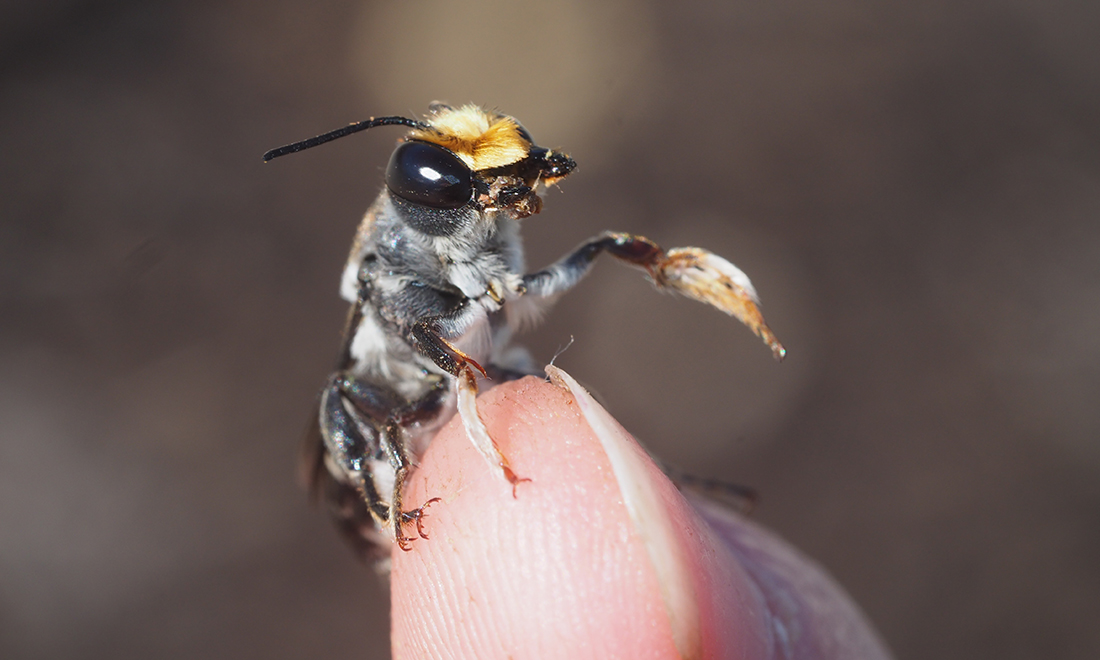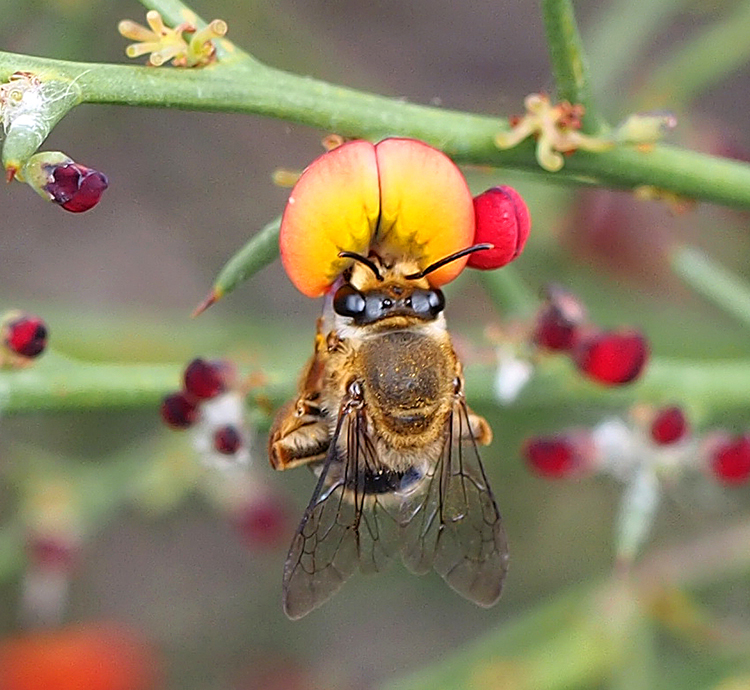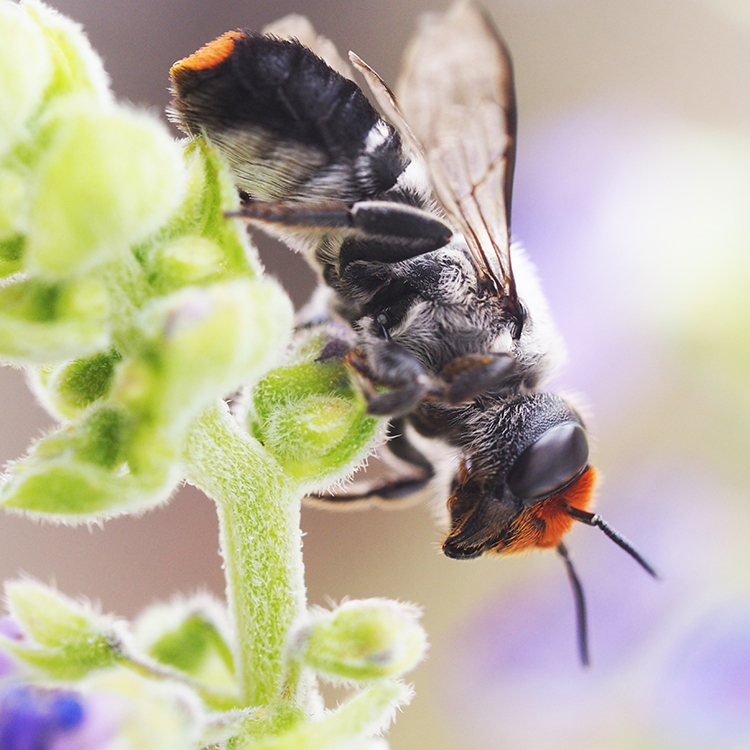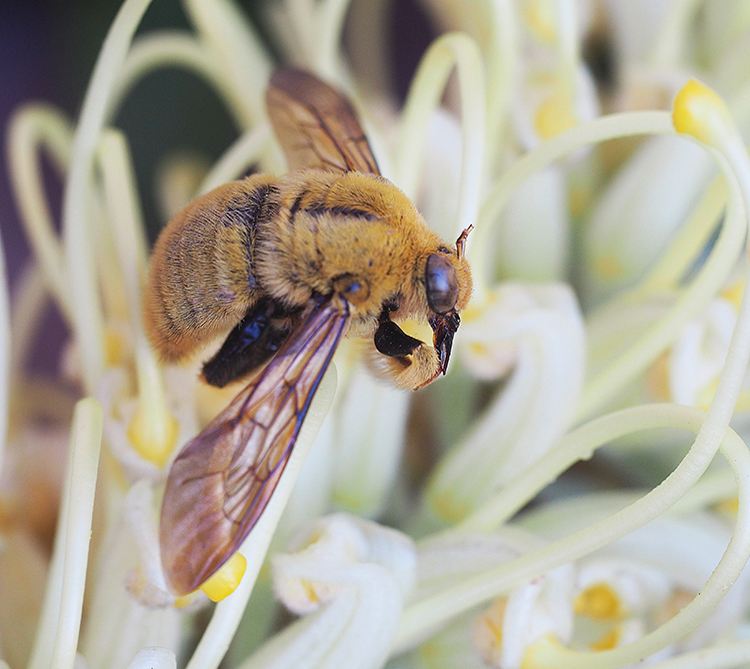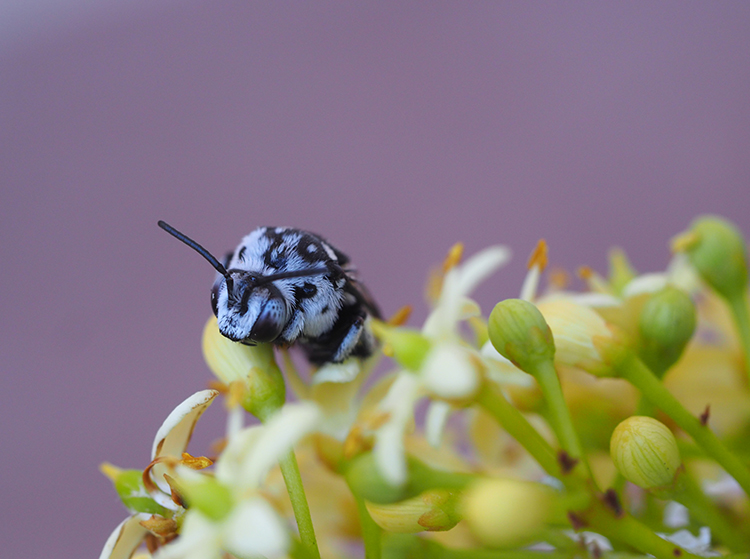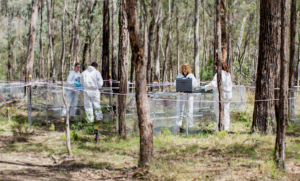As pollinators, bees are responsible for many of our plants flowering and for many of the fruits and veggies in our diet.
And of course, it’s thanks to them we have honey.
But have we underestimated the humble bee? Researchers report that some Australian honeys act as a potent antimicrobial agent, with amazing healing properties.
Will a new use for honey change the future of the bee?
The use of honey as a medicine goes back to more than 2000 BC. A Sumerian tablet mentions honey as a drug and ointment. Around 322BC, Aristotle describes honey as being “good as a salve for sore eyes and wounds”.
Honey bees in NSW and Queensland are busy collecting the pollen that creates manuka honey, well known in New Zealand for its healing properties.
According to a recent report, Australian manuka honey also has long-lasting antibacterial properties. It’s even effective against so-called superbugs, such as golden staph.
The study, led by Professor Liz Harry from the University of Technology Sydney (UTS), studied over 80 samples, mostly from the Northern Rivers region of NSW.
“We are specifically studying manuka honey because it is a particularly potent antimicrobial honey,” says Daniel Bouzo, a PhD candidate at UTS working alongside Professor Harry.
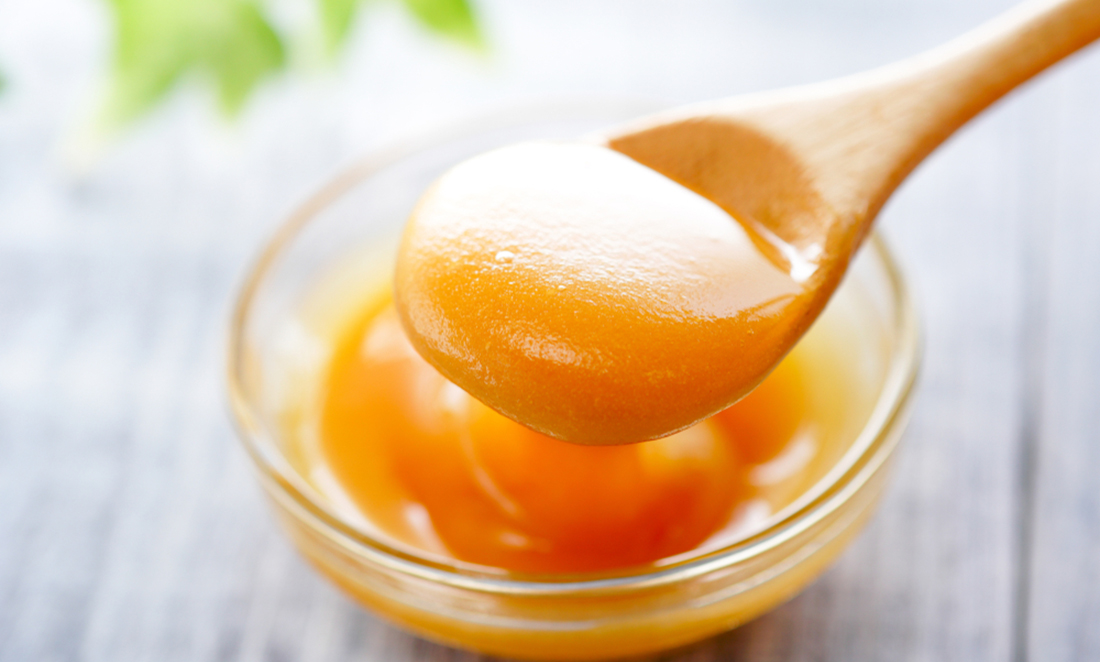
They found most of the studied honey contained very high levels of a compound called methylglyoxal (MGO). This chemical is well known for its strong antibacterial properties, however Daniel says it’s not just about this chemical.
“MGO is widely considered to be the factor that drives the antimicrobial activity of manuka honey, but our data suggests that it is not the case for all bacteria.”
Some bacteria, like those infecting a wound, can become tolerant to MGO, he explains.
However, this doesn’t happen with manuka honey – bacteria simply don’t develop a resistance to it.
“Our data suggests that manuka honey acts in multiple ways to kill bacteria, unlike antibiotics that target one specific process in the cell. We believe this is why there is no resistance to its killing effects,” Daniel says.
Local honey causes a buzz
Nectar collected from WA’s jarrah tree help bees brew a mighty honey. This dark, amber honey is a delicacy – also equipped with a high antimicrobial activity.
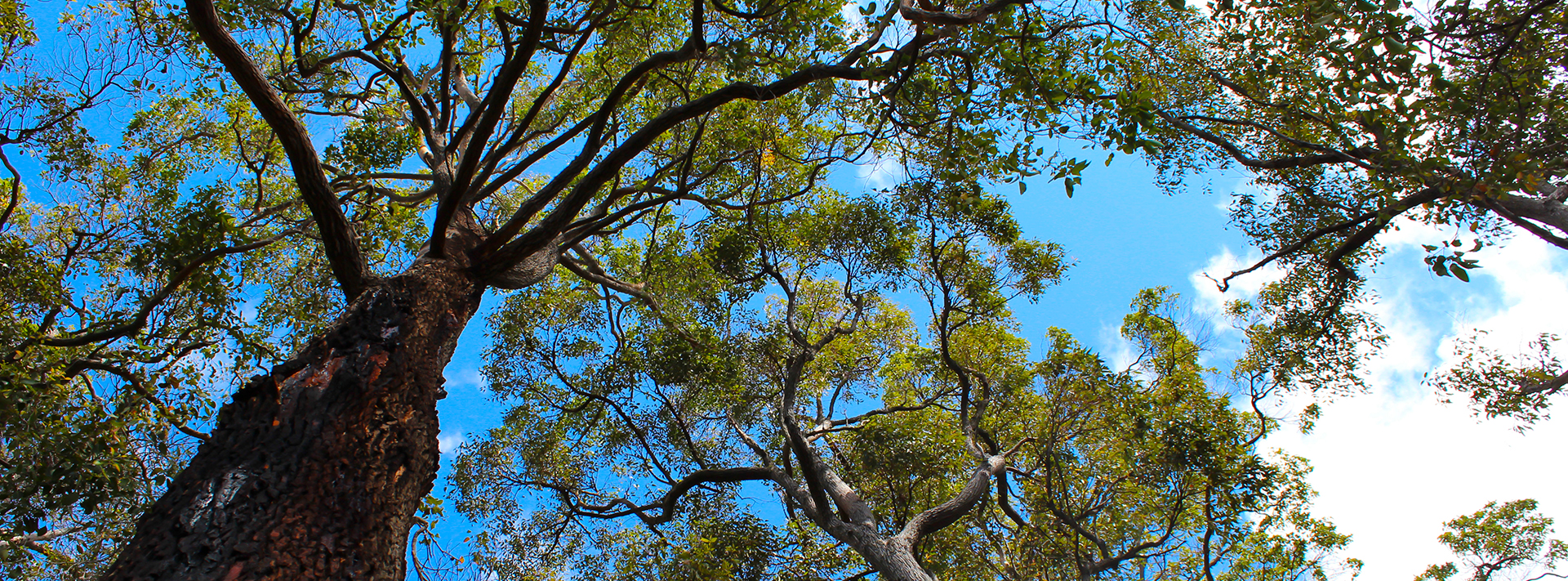
But where the antimicrobial properties of manuka are mainly due to the MGO, jarrah’s advantages stem from high hydrogen peroxide levels.
[It should be noted that these antimicrobial properties depend on the honey being raw and unpasteurised and are only relevant when applied topically, like onto a wound. In other words, eating lots of honey is not the answer!]
WA’s ChemCentre is leading multiple projects to understand what bioactive compounds are present in WA honey – specifically the chemistry of jarrah, marri, powder bark and flat-topped yate. Its goal is to design a certification process that honey producers can use that places a scientific value on these unique WA products.
While these amazing results offer promising possibilities for healthcare, there is a dark side, and it relates to the future of our bees.
Native bees are taking a hit
There are over 2000 species of native bees in Australia, with around 800 species in WA. They are important pollinators of native plants and crops. Some plant species depend exclusively on these bees for pollination.
But they face some serious competition from European honey bees.
“Honey bees, not having co-evolved with Australian flora, are often inferior pollinators compared with native bees for our native wildflowers,” says Kit Prendergast, PhD student at Curtin University and Forrest Scholar.
“As honey bees are becoming more and more common, they are competing with native bees for the same flowering plants.”
And in some cases, honey bees aren’t even up to the task. Some native wildflowers rely on native bees to use ‘buzz pollination’. This is a unique way of extracting pollen by shaking flowers at a certain frequency.
It’s a more efficient way to pollinate the native species, and honey bees just can’t do this.
West (Australia) side story
Our native bees are not just facing a petty turf war with honey bees, there are other challenges they’re dealing with too.
One major threat is climate change. Rising temperatures are changing the timing of flowering. Extreme weather events like drought are also increasing.
Kit says another problem affecting our native bees has to do with our predilection for replacing native flowering plants with exotic species. Native bees just aren’t interested in exotic species. Like trying to feed Brussels sprouts to children, the native bees just won’t forage on them, leaving them starved of pollen and nectar.
But the major problem native bees are facing is the loss of native vegetation. Kit says this is driven by agricultural expansion and urbanisation.
But … there’s more
The loss of native vegetation is also causing problems for the honey bees too.
According to Liz Barbour, CEO of the Cooperative Research Centre for Honey Bee Products, over 90% of the bushland in the Wheatbelt has been cleared.
“We are gathering some powerful data to show that we are going to hit colony collapse of honey bees either this year or the next,” Liz says.
To stop this, we need to find a solution that helps both the native and honey-making European bees.
“Although our bees, especially our native bees, are in trouble, the good news is that we can turn this around,” Kit says.
“Removing meat from our diets can reduce land clearing, and retaining, restoring and planting native flowering plants can ensure that bees have enough resources to thrive.”



